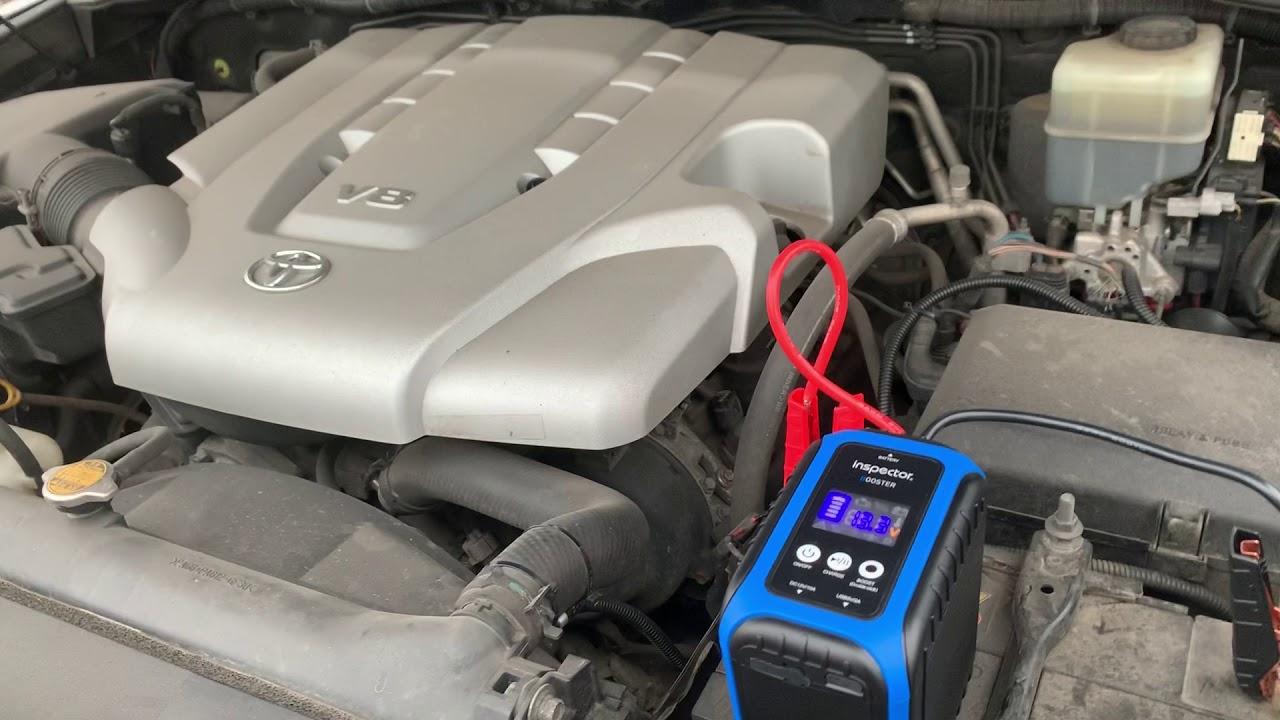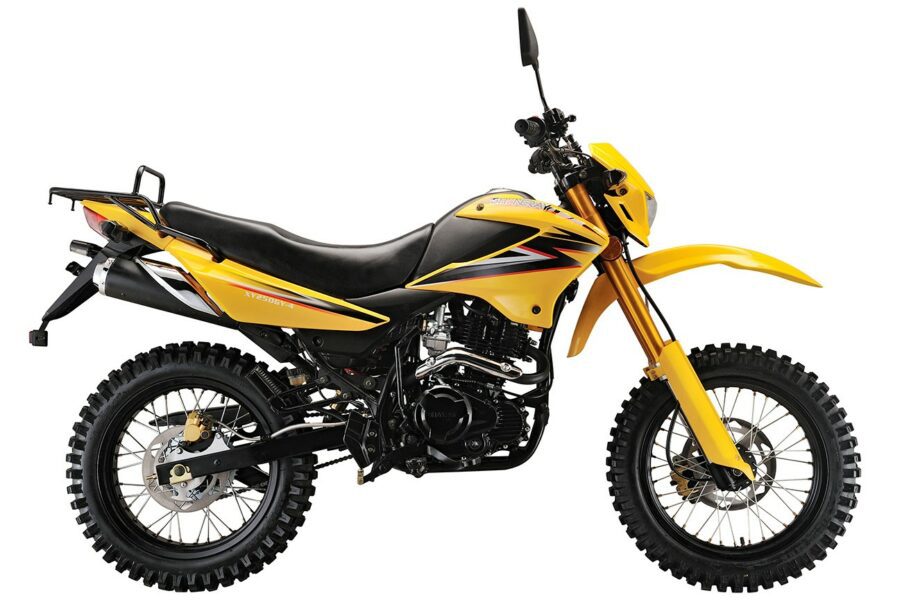
Starting the car with jumper cables (video)
 Winter is a particularly difficult time for drivers. Low temperatures can reduce battery efficiency, making it difficult to start the car
Winter is a particularly difficult time for drivers. Low temperatures can reduce battery efficiency, making it difficult to start the car
The battery is charged while the engine is running, so the longer the vehicle is on the road, the lower the risk that the battery will not work properly. During operation over long distances, the alternator has the ability to replenish the energy taken from the battery. At short distances, it is not able to compensate for the current losses caused by starting the motor. As a result, in vehicles that are primarily used for short trips, the battery may be constantly undercharged.
It should also be remembered that the efficiency of the battery is reduced due to the simultaneous activation of many electrical receivers - radio, air conditioning, light. During a difficult winter start-up, it is worth turning off appliances that consume electricity so as not to overload the battery.
The good condition of the cables and terminals is also important for the proper functioning of the battery. These elements should be regularly cleaned and protected with appropriate chemicals.
The editors recommend:
Driver's license. What do the codes in the document mean?
Rating of the best insurers in 2017
Vehicle registration. Unique way to save
Battery monitoring
Regularly checking the battery charge level is extremely important. It can be performed using a voltmeter - the rest voltage at the terminals of a healthy battery should be 12,5 - 12,7 V, and the charging voltage should be 13,9 - 14,4 V. The measurement should also be made when the load on the battery increases by turning on the energy receivers (lanterns, radios, etc.) - the voltage shown by the voltmeter in such a situation should not fall by more than 0,05V.
Starting a car with cables
1. Park the "support vehicle" next to the vehicle with the dead battery close enough to allow enough cable to connect the relevant components.
2. Make sure the engines of both vehicles are turned off.
3. Raise the hoods of the cars. On newer vehicles, remove the plastic battery cover. In the old ones, the battery is not covered.
4. One collar, the so-called. Attach the "clip" of the red cable to the positive (+) post of the charged battery and the other to the positive post of the discharged battery. Be careful not to short the second "clamp" or touch any metal.
5. Connect the black cable clamp first to the negative (-) pole of the charged battery and the other to an unpainted metal part of the vehicle. For example, it could be an engine block. It is better not to risk and not attach a second “collar” to an uncharged battery. This may result in a slight explosion, splashing of a corrosive substance, or even permanent damage to it.
6. Make sure you don't mix up the cables.
7. Start the vehicle with the battery running and try to start the second vehicle.
8. If the second engine does not start, wait and try again.
9. If the motor eventually "clicks", do not turn it off, and also be sure to disconnect the cables in the reverse order of cutting them. First, disconnect the black clamp from the metal part of the engine, then the clamp from the negative battery terminal. You must do the same with the red wire. First disconnect it from a freshly charged battery, then from a battery from which electricity was “borrowed”.
10. To recharge the battery, drive the car for a short time and do not turn off the engine immediately.
Important!
It is recommended to carry connecting cables with you in the trunk. If they are not useful to us, they can help another driver. Please note that different cables are used for cars than for trucks. Cars and trucks have 12V systems. Trucks, on the other hand, are equipped with 24V systems.
Help start the car
The City Watch doesn't just issue tickets. In Bydgoszcz, as in many other cities, they help drivers who have problems starting their car due to low temperatures. Just call 986. - This year, the border guards brought 56 cars. Reports most often arrive between 6:30 and 8:30, said Arkadiusz Beresinsky, a spokesman for the municipal police in Bydgoszcz.
